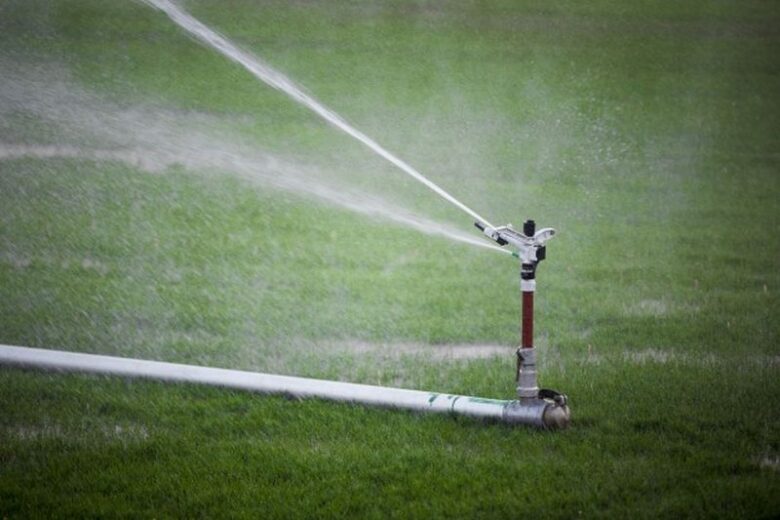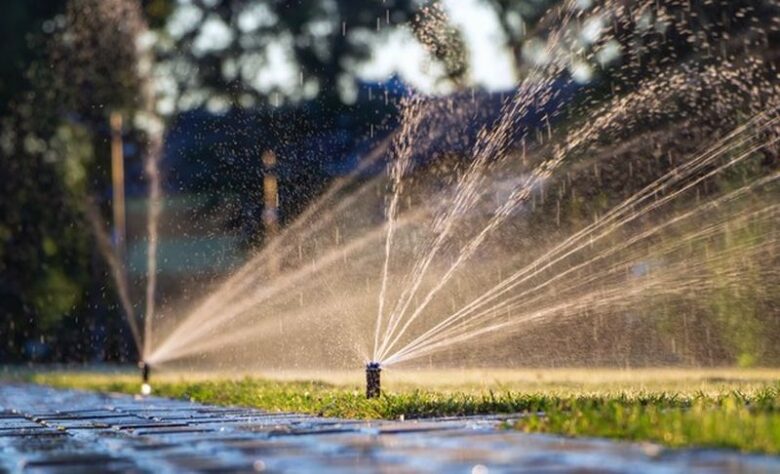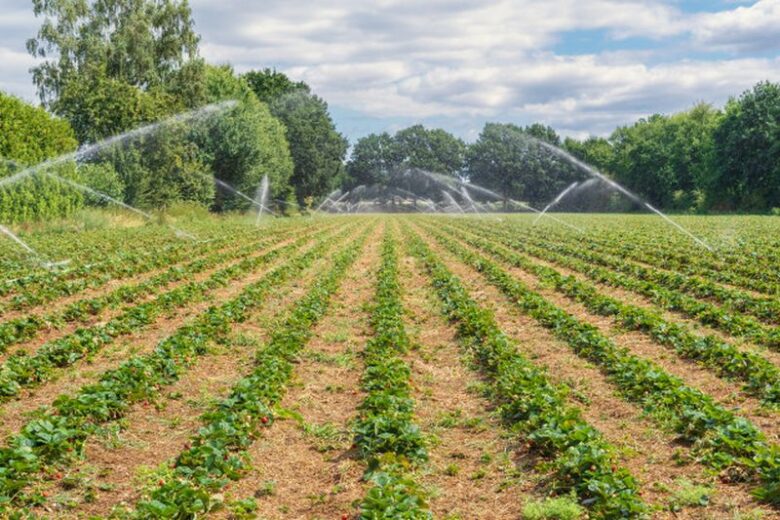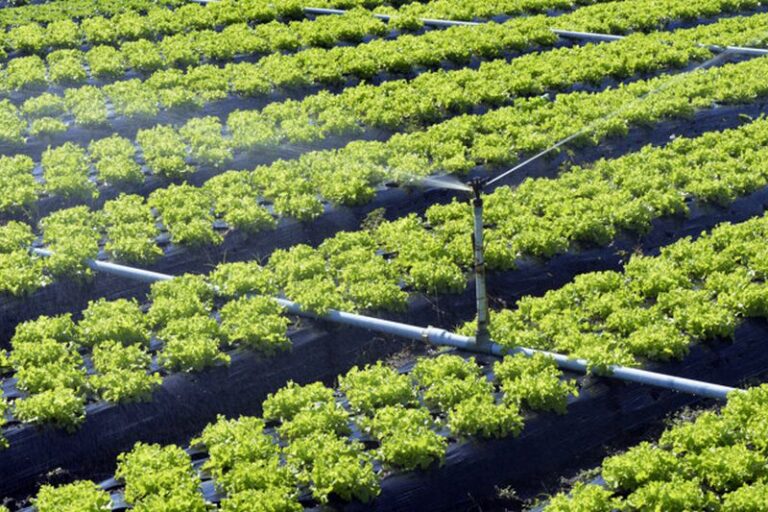With increased unreliable rainfall and various changes in the weather, irrigation comes as an alternative to watering the crops. It involves applying a regulated amount of water to land to ensure consistent production of crops. It is essential in maintaining landscapes, facilitating the growth of crops, and revegetating disturbed soils in arid and semi-arid areas during the time of less or no rainfall. Irrigation prevents the growth of weeds, especially drip irrigation.
In addition, it is useful in reducing dust in your garden or lawn. Putting more emphasis on irrigation in maintaining landscapes and agriculture, there several systems used in irrigation such as surface, localized, sprinkler, drip, center pivot, sub-irrigation, and manual irrigation. With all these types, one may be in a dilemma to know which method/system of irrigation to consider. Click here to get more information on factors to consider when selecting an irrigation system.
The following are few detailed factors to consider while selecting the best system for your landscape or agricultural farm.
Congruent with other farm operations. A good irrigation system should not interfere with the use of other operations and should give enough space for the application of other equipment, especially in a crop field. For example, while using large mechanized equipment, then a longer and wider field is required. On the other hand, smaller equipment can be more suitable for small fields and more permanent irrigation facilities. Therefore, before selecting any irrigation system, it’s necessary to consider how it will collaborate and allow the use of other equipment.

Economic feasibility
In crop production, especially meant for business, the greatest aim is always to reduce the production cost while maximizing the output. Similarly, in maintaining one’s landscape, you may require an irrigation system that is more economically friendly in terms of purchasing, energy, water consumption, maintenance cost, labor requirement, land preparation, depreciation, and expected life of rehabilitation. Therefore, choosing an irrigation system is an essential economic decision.
Some systems may have high purchasing capital and operating costs but use minimal labor and conserve water. On the other hand, some systems have less purchasing capital and may be cheap to construct and operate but may have high labor requirements. Besides, some irrigation systems may be limited to the type of soil or the topography of the field may require extra land preparation hence extra charges. Therefore, you must decide on the irrigation system that will help you achieve your objective while still balancing the expenditure/cost
Topographical characteristics
Some irrigation systems may require certain topographical features. For example, surface irrigation may require uniform terrain. The slope of the field and the uniformity are the major topographical factors. Besides, the location and elevation of the water supply relative to the field boundaries, the area, and configuration of the fields, and access by roads, utility lines, and migrating herds either wild or domestic. Hence, topography should be a major factor to consider while selecting the irrigation system.

Soil property
Soil characteristics such as moisture-holding capacity, the intake rate, and depth are essential in providing an answer on the irrigation system to use. This property helps you understand the frequency and amount of water required in the field. For example, sand soil has a high intake of water as compared to other types of soil. This makes it have a lower soil moisture-holding capacity hence, requiring a more frequent smaller application of water. On the other hand, clay soil may require less frequently and to larger depth water due to its ability of moisture-holding capacity. Therefore, with such knowledge of the soil, you can understand the best irrigation system to use in our field that will ensure a consistent supply of water.
Water supply
The quality and quantity of water required is a major factor affecting the irrigation system to be used. In the growing period, crops require a continuous water supply. Therefore, a water supply with a small discharge is essential in an irrigation system that incorporates frequent applications. Water quality is also a factor to consider in the amount of water to give to the crops. For example, poor quality water such as one lacking plant nutrients must be applied more frequently and in larger amounts than the one with high-quality nutrients.
Type of crops
Different crops have different requirements, values, and treatments. An irrigation system provides essential environmental conditions for crops such as humidity and prevents soil erosion. The output of the crop will be affected by how water is applied and the quantity delivered. More valuable crops may require expensive irrigation systems. For instance, deep-rooted plants require cost-effective irrigation systems as compared to shallow-rooted plants.

Social influences
Irrigation may not only be an individual venture but go beyond to community enterprise. In such a case there are three different levels of community organization, that is, the individual, tertiary level of conveyance, and distribution level. Before selecting an irrigation system, it is good to understand that the main objective of an irrigation system is to ensure equity among its members. Hence, the system operation should portray the community view of sharing and allocation. Also, irrigation often may require technological intervention/advancement. Therefore, new technologies which require new operation and maintenance practices should be widely adopted and accepted by the community to succeed.
External influences
There external factors which may influence the type of irrigation system to use. For example national policies. It’s good to note that most irrigation projects are financed by outside donors and lenders. Therefore, some configurations may be precluded because of international policies and attitudes. In cases of policies that regulate foreign exchanges and importation regulations, will mean some key components in the manufacture or importation of system elements may not be available or cannot be efficiently serviced. Hence, this streamlines the type of irrigation system to use.
To wrap up
In conclusion, there is an exhaustive list of factors to consider when selecting the irrigation system to use. The above article clearly illustrates the best and most essential factors to consider before procuring an irrigation system.

